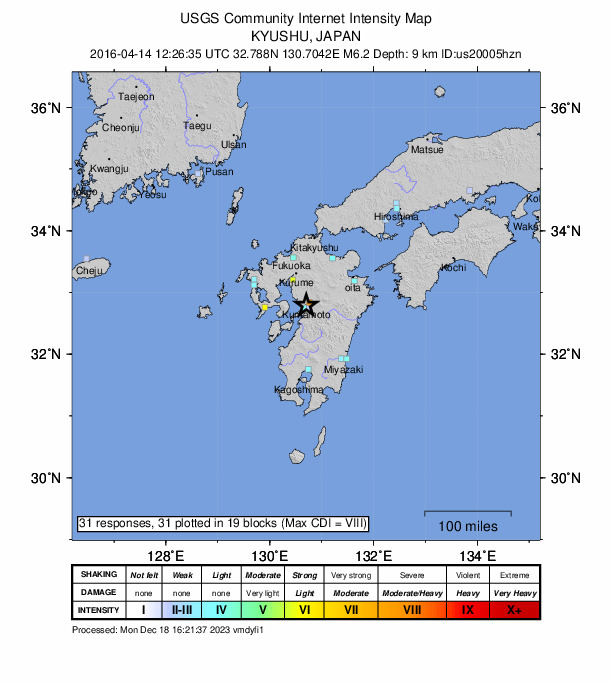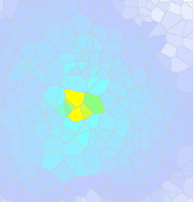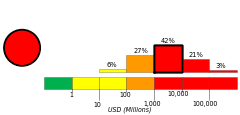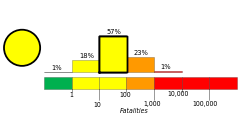M 6.2 - 2 km SSE of Kumamoto, Japan
- 2016-04-14 12:26:35 (UTC)
- 32.788°N 130.704°E
- 9.0 km depth
Interactive Map Regional Information Felt Report - Tell Us! 000031Responses Contribute to citizen science. Please tell us about your experience.
- Did You Feel It?
VIIImmi 
Community Internet Intensity Map - ShakeMap
VIImmi 
Estimated Intensity Map - PAGER
RED 
Estimated Economic Losses 
Estimated Fatalities Origin - Review Status
- REVIEWED
- Magnitude
- 6.2 mww
- Depth
- 9.0 km
- Time
- 2016-04-14 12:26:35 UTC
Moment Tensor Fault Plane Solution View Nearby Seismicity - Time Range

± Three Weeks - Search Radius

250.0 km - Magnitude Range

≥ 3.0
Contributors US
USGS National Earthquake Information Center, PDE
Tectonic Summary
The April 14, 2016 M 6.2 earthquake north of Kumamoto, on the island of Kyushu in southwest Japan, occurred as the result of strike-slip faulting at shallow depth. Focal mechanisms for the earthquake indicate slip occurred on either a left-lateral fault striking to the northwest, or on a right-lateral fault striking northeast. While the earthquake occurred several hundred kilometers northwest of the Ryukyu Trench, where the Philippine Sea plate begins its northwestward subduction beneath Japan and the Eurasia plate, the shallow depth and faulting mechanism of this earthquake indicate it occurred on a crustal fault within the upper Eurasia plate. At the location of this event, the Philippine Sea plate converges with Eurasia towards the northwest at a velocity of 58 mm/yr.
Moderate-to-large, shallow earthquakes in Kyushu are infrequent – most seismicity in the region is related to the subduction of the Philippine Sea plate at depth. Thirteen M 5+ earthquakes have occurred at shallow depths (< 50 km) within 100 km of the April 2016 event over the past century. In January and April of 1975, two shallow events with magnitudes of M 5.8 and M 6.1 - 40 km and 65 km to the northwest of the April 2016 earthquake, respectively – caused injuries, but no known fatalities. A shallow M 6.6 earthquake in March 2005, just off the north coast of Kyushu and 110 km north of the April 2016 event, caused over 1000 injuries and at least one fatality.
Mapped faults in the region generally trend east-west or northeast-southwest, in agreement with the right-lateral plane of preliminary focal mechanisms, and the trend of early aftershocks. In the first three hours after the M 6.2 event (12:26:36 UTC), 7 aftershocks have been located, the largest of which is a M 6.0 event at 15:03:47 UTC.
Summary Poster


